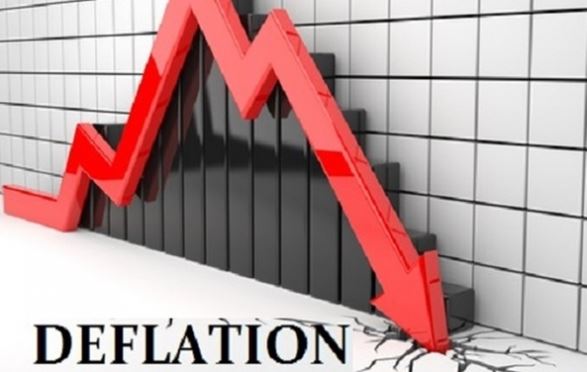Economic Deflation Concerns in the United Kingdom (2010)
Economic Deflation Dissertation – This project examines the concerns of deflation in the UK. Deflation is defined as a sustained decline in an aggregate measure of prices such as the rate of the retail price index (RPI), Deflation is a generalised and persistent decline in most, if not all, prices of goods and services. It is normally associated with falling aggregate demand leading to a negative output gap where actual GDP is less then potential GDP. With Asian economics already experiencing declining prices, the worry has been that deflationary pressures could deepen and even spread globally. The focus of this research is to distinguish if deflation is present in the UK manufacturing sector and whether there are signs of general deflation in the economy.
Both demand (widening output gap) and supply (falling prices) shocks can develop into deflation. Deflation is not a new phenomenon, as its history dates back to the 1920s, and looking at recent times Japan is just recovering from a decade long encounter of deflation. Historical experiences show that the cost of deflation can be catastrophic, and correct monetary and fiscal policy mix is required to be constructed both before and after simultaneously along side structural reforms.
The Econometric models developed in the project are based on inflation and output gap to explicitly consider deflation in general, and then in the manufacturing sector. The findings from the research done is that the output gap model, based on gross domestic product and OECD data, and the second output gap model are both significant. The manufacturing model is also significant but with heteroskedasticity present, which could not be eliminated therefore weakening the model. The final model of the 2.5 percent gap was found to be insignificant and did not fit the theory.
The overall conclusion is that there is no strong evidence to support concerns of a generalized deflation; however, it is existent in manufacturing.
- 13,000 words – 70 pages in length
- Excellent use of contemporary literature
- Excellent use of statistics and economic models
- Will help you design your own research project
- Ideal for economics and finance students
1: Literature Review
2: History of Deflation
The Great Depression
Why the Great Depression happened
Recent experiences of deflation
3: Economic theory of Deflation
Definition
Economic Determinants of Deflation
4: Possible Causes of Deflation
Deflation Drivers
Costs of Deflation
5: Policy Response
Policy before the Onset of Deflation
Policy Once Deflation Has Set In
6: Risk of Deflation in the UK
Indicators of Deflation
Price indicators
Excess capacity and Output gap
Inflation, Deflation and the Business Cycle
Calculating the indicators
Obtaining potential GDP using statisticians method
7: Econometric modelling of Deflation/Inflation
The Theory
Model One, OECD GDP Output Gap
Model Two, Output gap calculated from estimated potential output
Model three, Manufacturing Prices and Output gap
Model four, 25 percent output gap
Deductions
References

